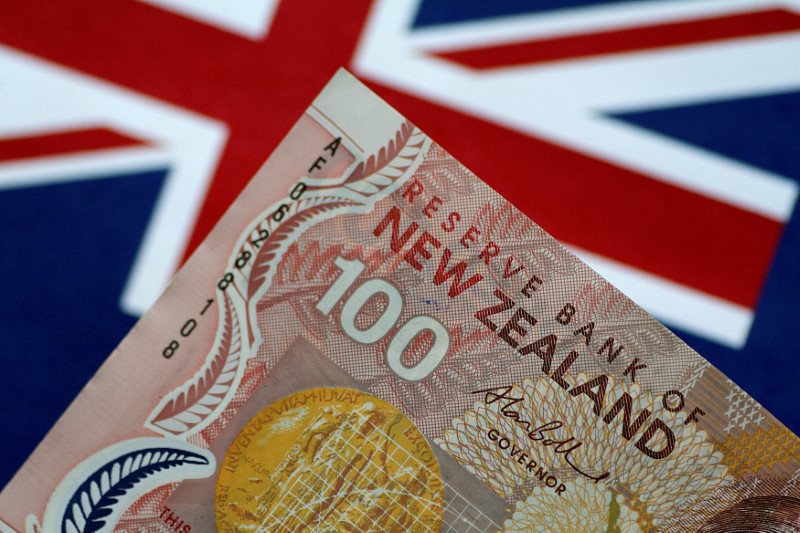By Ambar Warrick
Investing.com -- New Zealand consumer price index inflation grew less than expected in the first quarter of the year, data showed on Tuesday, but still remained pinned near 30-year highs and well above the Reserve Bank’s target range.
The New Zealand dollar slid 0.6% after the reading, given that it entails a slightly less hawkish stance by the Reserve Bank.
CPI inflation grew 6.7% in the three months to March 31, less than expectations for growth of 7.1% and the prior quarter’s 32-year high of 7.2%. Inflation grew 1.2% from the prior quarter, lower than expectations for a rise of 1.7%.
The cooling in inflation was driven largely by softer fuel prices, Statistics New Zealand said in a release. But the prices of most other goods, chiefly food, housing, and utilities, continued to rise sharply.
The reading was also still more than twice the upper end of the Reserve Bank’s 1% to 3% target range, and indicates that the central bank will likely need to keep hiking interest rates further to bring down prices.
“Inflation is still at levels not seen since the 1990s,” Stats New Zealand consumer prices senior manager Nicola Growden said.
But the softer-than-expected reading shows that the Reserve Bank is still making some headway in its fight against inflation, after the bank hiked rates sharply since mid-2021 to curb a post-COVID spike in prices.
New Zealand’s latest spike in inflation was also caused by a series of adverse weather events that rocked the island nation earlier this year, chiefly Cyclone Gabrielle. The RBNZ had cautioned that rebuilding efforts in the wake of the cyclone would likely factor into higher inflation.
The New Zealand economy is set to cool drastically this year amid pressure from high inflation and interest rates, with slowing overseas demand also adding pressure. The Reserve Bank has now tightened monetary policy into contractionary territory, heralding more near-term economic pain for the island nation.
